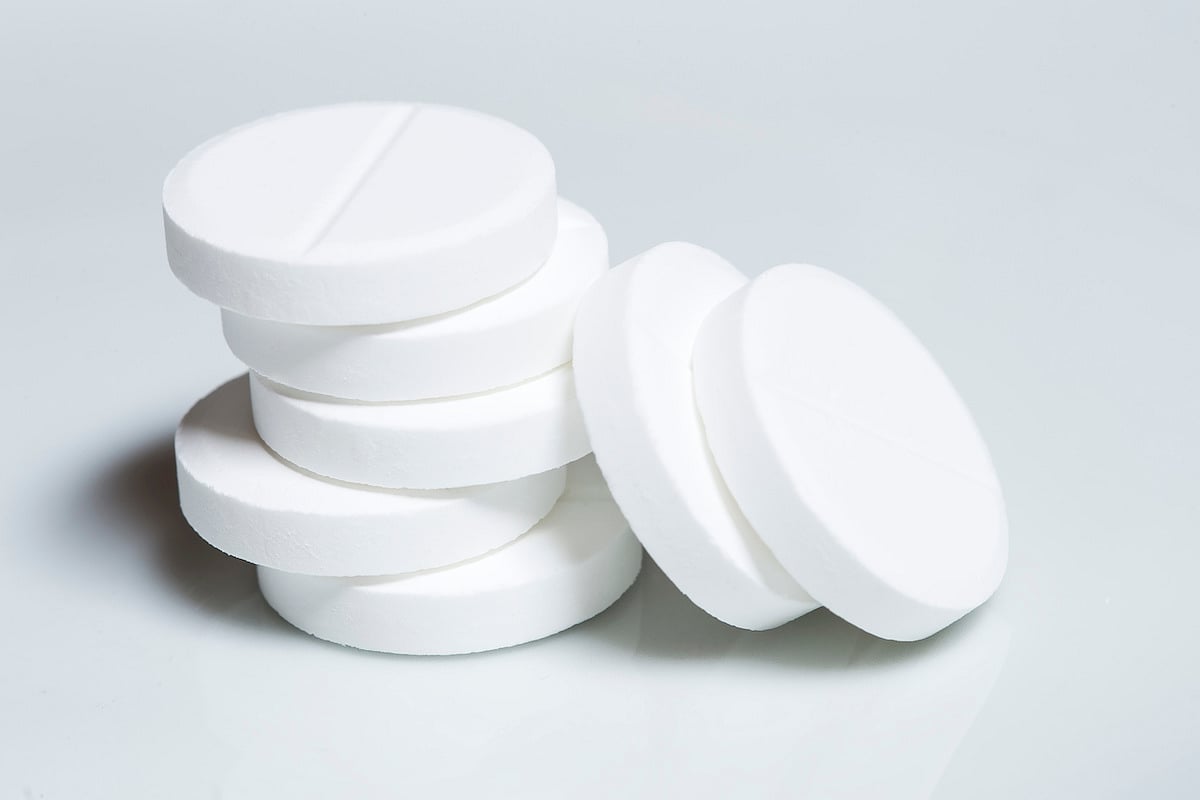The following is a summary of “Successful Virtual CPAP Set up in Obstructive Sleep Apnoea: A Positive Innovation during the Pandemic,” published in the February 2024 issue of Pulmonology by Appleby, et al.
The conventional approach to continuous positive airway pressure (CPAP) trials for obstructive sleep apnoea (OSA) involved face-to-face (F2F) setups, but the Covid-19 pandemic prompted a shift to virtual methods due to CPAP being deemed aerosol-generating. This study evaluated the adherence and symptomatic benefits of postal CPAP trials compared to the traditional F2F method. For a study, researchers sought to assess the adherence and symptomatic benefits of postal CPAP trials compared to face-to-face (F2F) setups.
Data from CPAP loan databases were analyzed. In 2019, F2F patients received hands-on setup, while in 2020, postal patients were sent equipment, guides, and YouTube video links. Telephone and virtual appointments were conducted for symptom discussions and CPAP data review. Statistical analyses, including unpaired T-tests and chi-square tests, compared F2F and postal groups.
Both groups (n = 1,221, 656 F2F, 53.7%) were similar in all categories except for the length of CPAP trial (postal 33 vs F2F 84 days, P < 0.0001), change in AHI (postal 22.4/Hr vs F2F 25.1/Hr, P = 0.04), and trial average use (postal 4.9 vs F2F 5.2 h, P = 0.04). There was no significant difference in the proportion of patients continuing with CPAP (postal 64%, F2F 66%, P = 0.71), the improvement in Epworth Sleepiness Score (ESS) (postal 6.9/24, F2F 7.1/24, P = 0.31), or the patient’s subjective rating on whether they felt much better, better, the same, or worse on CPAP (P = 0.27). Logistic regression revealed that trial type did not affect the odds ratios of continuing CPAP.
Postal CPAP trials yielded comparable results in terms of CPAP continuation odds (postal: 64%, F2F: 66%), ESS improvement (postal: 6.9/24, F2F: 7.1/24), and subjective symptom relief. This suggests that postal trials are a viable option, particularly in post-pandemic scenarios.
Reference: resmedjournal.com/article/S0954-6111(23)00401-8/abstract












Create Post
Twitter/X Preview
Logout